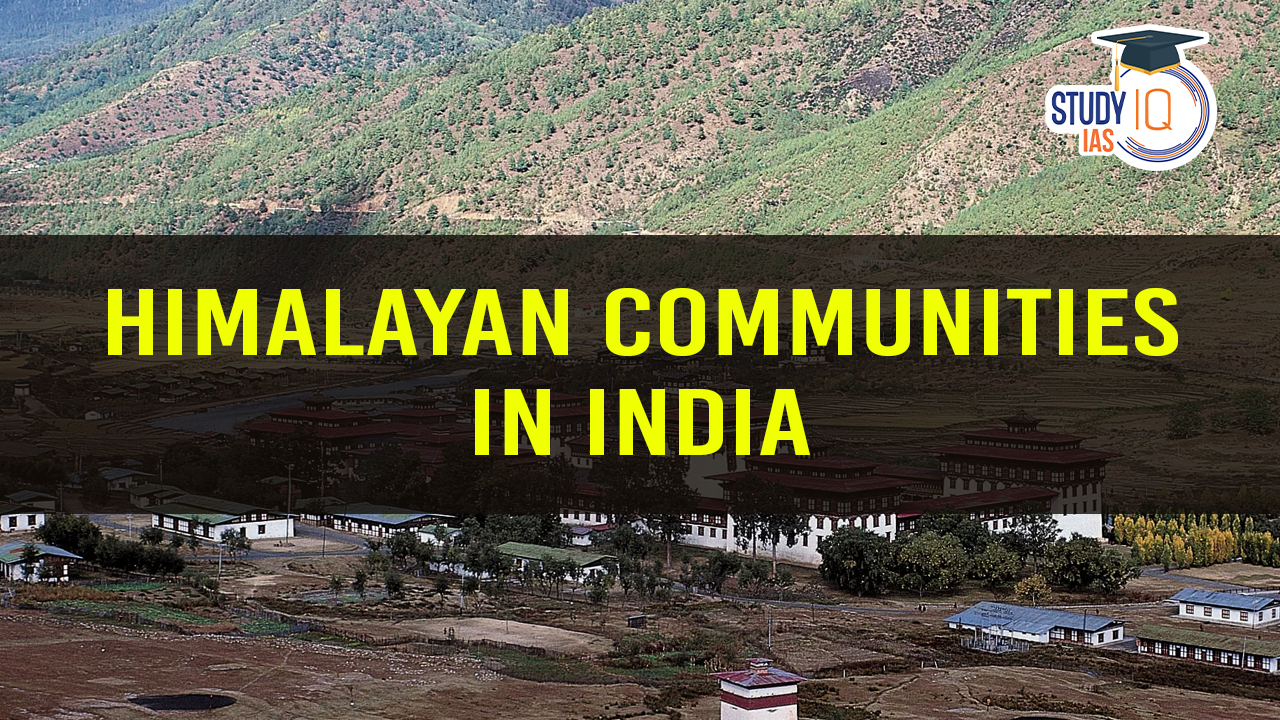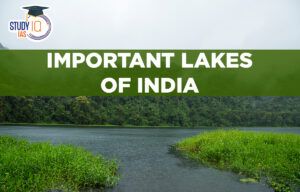Table of Contents
Context: Recently, Norway’s Parliament issued a formal apology for its assimilation policies (known as Norwegianisation) targeting the Sami, Kven, and Forest Finn peoples.
More in News
- Alongside the apology, the government proposed measures to address ongoing discrimination, such as protecting indigenous languages and monitoring inclusion efforts starting in 2027.
- Like the Nordics, Himalayan communities also faced suppression of indigenous culture and resources.
Suppression Faced by Himalayan Communities in India
Colonial Exploitation of Resources: The British imposed trade and forest laws that disrupted traditional livelihoods. Check here List of Himalayan Communities in India along with their location.
| Location | Tribes |
| Himachal Pradesh | Gaddi |
| Kinnaura | |
| Sikkim | Lepcha |
| Sikkim and Ladakh | Bhutiya |
| Mon | |
| Arunachal Pradesh | Abor |
| Aka | |
| Apatani | |
| Mishmi | |
| Afghanistan, Pakistan, Nepal | Khas |
| Pakistan | Kalash |
- Large-scale deforestation for railway construction (e.g., sal forests of Garhwal and Kumaon were destroyed for railway sleepers).
- Trade blockades (e.g., the 1874 blockade disrupted local economies and cultural practices).
- Post-Independence Resource Exploitation” Despite Nehru’s humanistic approach towards tribals, later Five-Year Plans (5th and 6th) prioritized resource extraction.
- Hydropower projects and deforestation led to large-scale displacement.
- Erosion of Indigenous Culture & Identity” Policies favored assimilation rather than preserving tribal identities.
- Indigenous languages and traditional governance systems weakened over time.
- Hydropower Development & Land Grabs: Customary land rights of tribal communities were ignored in favor of large hydropower projects.
- The bureaucratic and corporate nexus facilitated land acquisition without proper consultation.
- Example: Arunachal Pradesh’s push for hydropower projects despite community resistance.
- Tourism-Led Economic Pressures: The shift to tourism as a primary revenue source led to the commodification of culture.
- Increased migration and land encroachments impacted local populations.
- Political & Administrative Neglect: Lack of adequate representation and consultation in policymaking.
- Infrastructural gaps in healthcare, education, and connectivity worsened socio-economic disparities.
Lessons from Norway for India
- Acknowledgment & Apology for Historical Injustices: India should recognize and acknowledge the historical injustices faced by Himalayan tribes due to colonial exploitation, post-independence resource extraction, and forced assimilation.
- Protection & Revival of Indigenous Languages and Culture: India should implement stronger policies to preserve endangered tribal languages, traditions, and governance systems in the Himalayan region.
- Legal Safeguards for Land & Natural Resources: India must ensure the enforcement of tribal land rights and customary laws to prevent exploitative hydropower and tourism-driven land acquisitions.
- Balancing Development with Sustainability: India should shift from an extractive development model to one that prioritizes ecological conservation and community-led initiatives.
- Ensuring Indigenous Political Representation: India should ensure greater representation of Himalayan tribal communities in decision-making bodies at state and national levels.
- Eg., Norway has a Sami Parliament to give indigenous communities a political voice.
- Addressing Socioeconomic Inequalities: India should invest in better healthcare, education, and livelihood opportunities for Himalayan tribes to bridge existing disparities.


 Important Lakes of India, State wise and...
Important Lakes of India, State wise and...
 Places in News for UPSC 2025 for Prelims...
Places in News for UPSC 2025 for Prelims...
 Why Naini Lake is Shrinking?
Why Naini Lake is Shrinking?





















